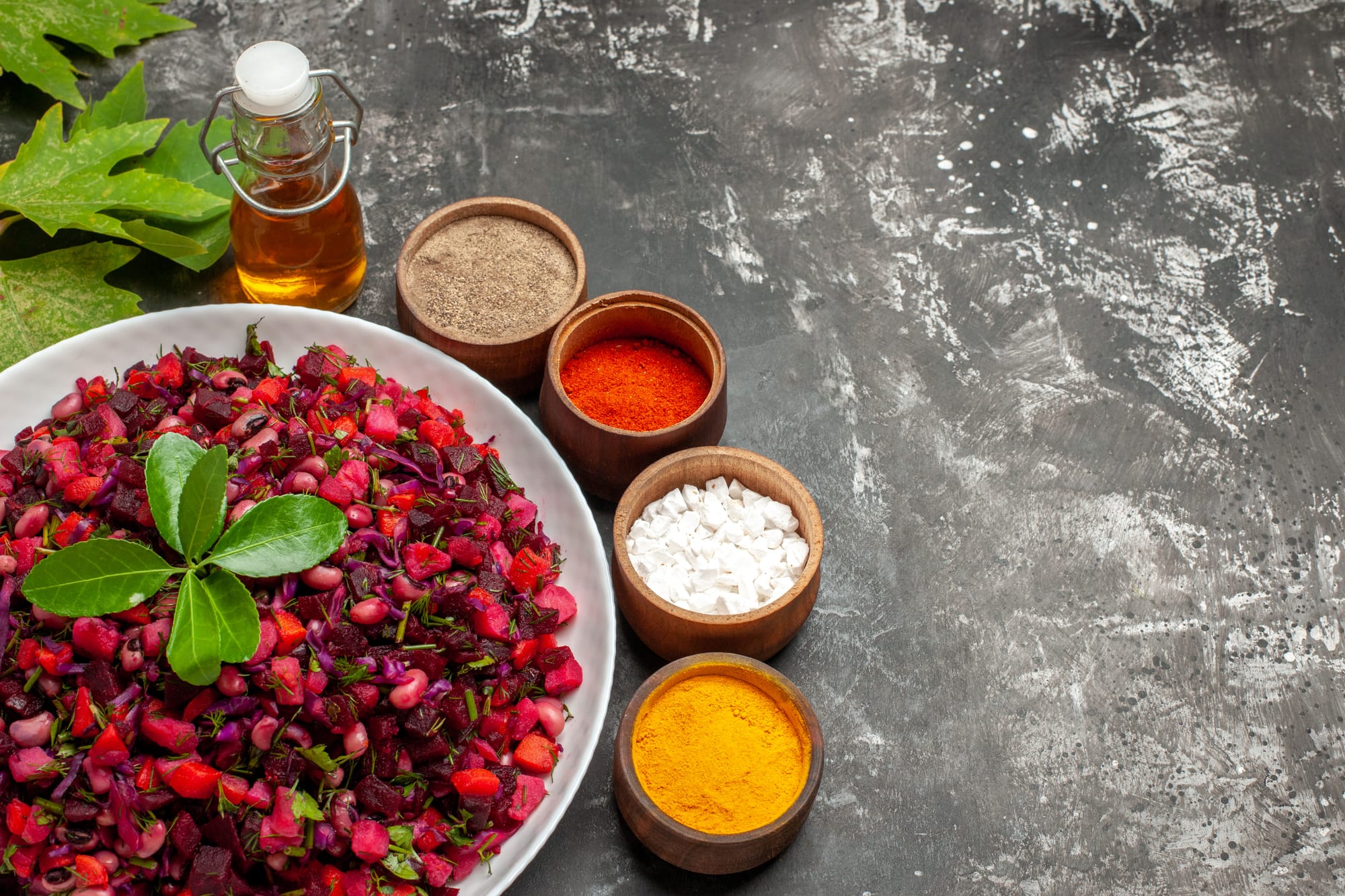Managing blood sugar through natural remedies has gained widespread attention—and for good reason. Among these natural options, berberine stands out as a potent plant compound with clinically supported benefits for blood glucose regulation. Found in several medicinal plants, berberine has traditionally been used in Chinese and Ayurvedic medicine to aid in digestive health, support metabolic function, and improve insulin sensitivity.
But did you know that you can cook with berberine-rich plants in your everyday meals? That’s right—beyond supplements and tinctures, you can incorporate whole ingredients containing berberine into flavorful dishes that promote wellness. In this blog, we’ll explore the science behind berberine, identify natural food sources rich in this compound, and share easy, delicious recipes that may help support blood sugar control.
What is Berberine and How Does It Help?
Berberine is a natural alkaloid found in several plants including goldenseal, barberry, Oregon grape, and Chinese coptis (Coptis chinensis). Scientifically, berberine works by activating AMP-activated protein kinase (AMPK)—sometimes referred to as the body's “metabolic master switch.” This enzyme helps regulate glucose uptake, insulin sensitivity, and fat metabolism.
Studies have shown that berberine may help:
- Lower fasting blood glucose levels
- Improve HbA1c (a marker of long-term blood sugar control)
- Enhance insulin sensitivity
- Support weight loss in insulin-resistant individuals
While berberine supplements are widely available, incorporating whole foods and herbs rich in berberine into your diet can offer additional nutrients and plant-based synergy.
Natural Sources of Berberine You Can Cook With
While not all berberine-rich plants are commonly used in cooking, several can be incorporated into teas, broths, or even blended into spice mixes. Here are a few culinary-friendly sources:
- Barberry (Berberis vulgaris): Small, tangy berries often used in Middle Eastern cuisine. Rich in berberine and antioxidants.
- Oregon Grape Root: More medicinal in taste, often steeped in broths or teas rather than eaten directly.
- Goldenseal Root: Mostly used in medicinal teas and tinctures; use sparingly and under guidance.
- Phellodendron Bark (Huang Bai): Often used in Chinese herbal soups.
- Turmeric (Curcuma longa): While not rich in berberine itself, it's often combined with berberine for synergistic benefits and supports blood sugar regulation.
Recipes Using Berberine-Rich Plants
Let's take a look at some healthy yet interesting and tasty recipes that can be prepared with Berberine rich plants.
1. Barberry Rice with Herbs and Nuts (Zereshk Polo-Inspired)
Ingredients:
- 1 cup basmati rice
- 1/4 cup dried barberries (berberis vulgaris)
- 2 tablespoons olive oil or ghee
- 1/4 cup chopped pistachios or almonds
- 1/2 tsp cinnamon
- Salt to taste
- Fresh parsley and mint, chopped
- Optional: pinch of saffron steeped in warm water
Instructions:
- Soak the rice in water for 20 minutes. Drain and set aside.
- Rinse barberries thoroughly to remove any bitterness.
- In a pan, heat olive oil and sauté barberries with a pinch of salt and cinnamon. Add nuts and sauté until lightly toasted.
- Boil the rice until fluffy, then gently fold in the barberry-nut mix. Garnish with herbs and optional saffron for aroma.
Benefits: This dish is not only vibrant and delicious but also adds berberine and polyphenols to your meal.
2. Berberine Root Herbal Broth (for sipping or soup base)
Ingredients:
- 1 tbsp dried Oregon grape root or goldenseal root (crushed)
- 1 small piece ginger
- 1 garlic clove
- 4 cups water
- Optional: bay leaf, black pepper, turmeric
Instructions:
- Add all ingredients to a pot and bring to a boil.
- Lower heat and simmer for 20–30 minutes.
- Strain and sip warm or use as a base for vegetable soups.
Caution: Goldenseal is potent—limit intake to once or twice weekly and avoid prolonged use without medical supervision.
Benefits: This bitter, medicinal broth helps stimulate digestion, improve glucose metabolism, and support gut health.
3. Spiced Chickpea & Barberry Stew
Ingredients:
- 1 can chickpeas (or 1 cup soaked overnight)
- 1 onion, chopped
- 2 garlic cloves, minced
- 1/4 cup barberries
- 1 tsp cumin
- 1/2 tsp coriander
- 1/2 tsp turmeric
- Salt & pepper to taste
- 2 cups vegetable broth
- Olive oil
Instructions:
- Sauté onion and garlic in olive oil until soft.
- Add spices and toast for 1 minute.
- Add chickpeas and barberries, followed by the broth. Simmer for 20 minutes.
- Serve with a squeeze of lemon and fresh cilantro.
Benefits: Chickpeas provide fiber and protein, while barberries add a tangy twist and berberine content.
4. Barberry and Cinnamon Blood Sugar Tea
Ingredients:
- 1 tsp dried barberries
- 1/2 cinnamon stick
- 1 cup boiling water
Instructions:
- Add the barberries and cinnamon stick to a teacup.
- Pour over boiling water and let steep for 10 minutes.
- Strain and enjoy.
Benefits: Both cinnamon and barberries help regulate blood sugar levels and improve insulin sensitivity.
Cooking Tips and Safety
- Start Small: Berberine can interact with medications and may cause stomach upset in high doses. Start with small amounts and monitor your body’s response.
- Avoid During Pregnancy: Berberine-rich herbs are not recommended for pregnant or nursing women.
- Consult Before Using Medicinal Roots: Roots like goldenseal and Oregon grape are strong and best used under the guidance of a herbalist or healthcare provider.
- Pair with Healthy Fats: Berberine is fat-soluble—consuming it with healthy fats (olive oil, nuts, ghee) may enhance absorption.
Final Thoughts
Cooking with berberine-rich plants is a unique and natural way to support blood sugar balance through your daily meals. From tangy barberry rice to warming herbal broths, these dishes not only taste good but may also help you manage glucose levels in a holistic way. While berberine is powerful, it’s important to use these ingredients thoughtfully—especially when combining them with existing medications or medical conditions.
Explore the world of berberine-rich ingredients, and let your kitchen become part of your wellness journey.


